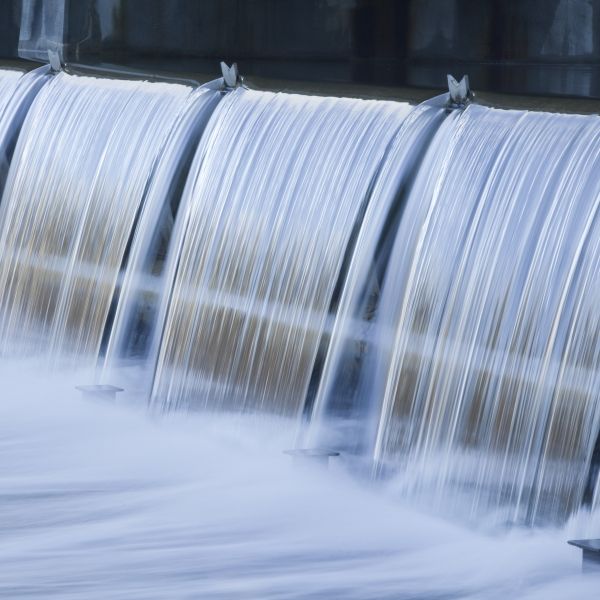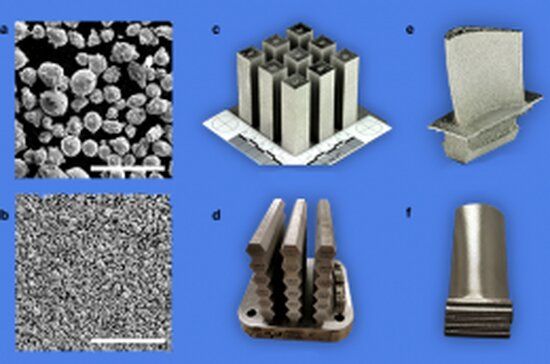“I think we are now in in a two-dimensional transport society and both of these companies have figured out how to make this technology more practical so anyone can fly and land from anywhere,” Draper told CNBC. “These are exciting and fun to ride.”
Category: economics – Page 123

Canada launches strategy to become global hydrogen leader
The Canadian government has launched a strategy that sees low-carbon and zero-emission hydrogen fuel technology as a key part of the nation’s path to net-zero carbon emissions by 2050. The strategy is underpinned by a federal investment of CAD1.5 billion (USD1.2 billion) in a Low-carbon and Zero-emissions Fuels Fund to increase the production and use of low-carbon fuels, including hydrogen.
“Hydrogen’s moment has come. The economic and environmental opportunities for our workers and communities are real. There is global momentum, and Canada is harnessing it,” Minister of Natural Resources Seamus O’Regan said as he a launched the strategy on 16 December.
Hydrogen Strategy for Canada is designed to spur investment and partnerships to establish Canada as a global supplier of hydrogen and to increase domestic production. This will transform the Canadian energy sector, NRCan — the federal department of natural resources — said.

Wall Street’s latest shiny new thing: quantum computing
THE FINANCE industry has had a long and profitable relationship with computing. It was an early adopter of everything from mainframe computers to artificial intelligence (see timeline). For most of the past decade more trades have been done at high frequency by complex algorithms than by humans. Now big banks have their eyes on quantum computing, another cutting-edge technology.
A fundamentally new kind of computing will shake up finance—the question is when.

Hydropower Vision: New Report Highlights Future Pathways for U.S. Hydropower
Hydropower has been around for more than a century, and is currently the nation’s largest source of clean, domestic, renewable electricity. What could its role look like in the year 2050?
Providing about 7 percent of the nation’s electricity, hydropower supports more than 143, 000 jobs in engineering, manufacturing, construction and utility operations and maintenance — all while improving the environment and strengthening our economy. Additionally, pumped-storage hydropower represents 97 percent of all energy storage in the United States, offering the flexibility and reliability the electricity grid needs to deliver affordable clean energy to American homes and businesses.
So what does the future of hydropower look like? To answer that question, over the past two years the Energy Department has collaborated with more than 300 experts from more than 150 hydropower industry companies, environmental organizations, state and federal governmental agencies, academic institutions, electric power system operators, research institutions and other stakeholders to explore how it could evolve in the coming decades.
Hyundai to acquire Boston Dynamics for nearly $1B
Boston Dynamics Atlas robot.
Hyundai Motor will acquire Boston Dynamics. The acquisition will be finalized at Hyundai’s December 10 board meeting. News about the deal was first reported by The Korea Economic Daily, which said the deal is for $921 million (1 trillion won). The Robot Report has also confirmed the news with a source familiar with the deal. The source said the acquisition is for about $1 billion.
The Robot Report has reached out to Boston Dynamics but has yet to hear back. We will provide updates as more information becomes available.

Research group has made a defect-resistant superalloy that can be 3D-printed
In recent years, it has become possible to use laser beams and electron beams to “print” engineering objects with complex shapes that could not be achieved by conventional manufacturing. The additive manufacturing (AM) process, or 3D printing, for metallic materials involves melting and fusing fine-scale powder particles—each about 10 times finer than a grain of beach sand—in sub-millimeter-scale “pools” created by focusing a laser or electron beam on the material.
“The highly focused beams provide exquisite control, enabling ‘tuning’ of properties in critical locations of the printed object,” said Tresa Pollock, a professor of materials and associate dean of the College of Engineering at UC Santa Barbara. “Unfortunately, many advanced metallic alloys used in extreme heat-intensive and chemically corrosive environments encountered in energy, space and nuclear applications are not compatible with the AM process.”
The challenge of discovering new AM-compatible materials was irresistible for Pollock, a world-renowned scientist who conducts research on advanced metallic materials and coatings. “This was interesting,” she said, “because a suite of highly compatible alloys could transform the production of metallic materials having high economic value—i.e. materials that are expensive because their constituents are relatively rare within the earth’s crust—by enabling the manufacture of geometrically complex designs with minimal material waste.

Virginijus Sinkevičius, European Commissioner for Environment, Oceans and Fisheries
Andrea Macdonald founder of ideaXme interviews Commissioner Virginijus Sinkevičius, European Commissioner for the Environment, Oceans and Fisheries.
The EU Commission @European Commission.
The Commission helps to shape the EU’s overall strategy, proposes new EU laws and policies, monitors their implementation and manages the EU budget. It also plays a significant role in supporting international development and delivering aid.
Following the result of the European elections, and the mandate received from the European Council and the European Parliament, the Dr Ursula von der Leyen Commission put forward a set of ambitious goals for Europe’s future: climate neutrality by 2050; making the 2020s Europe’s Digital Decade; and making Europe stronger in the world with a more geopolitical approach.
Since the Covid-19 crisis, the twin green and digital transitions are now even more firmly at the core of their programme, with new resources to accelerate the transformation.
Commissioner Virginijus Sinkevičius:
Privacy Overview
Warrior for our planet!
Commissioner Virginijus Sinkevicius:
Commissioner Sinkevičius is the youngest EU Commissioner appointed to the EU Commission. He is a Lithuanian politician, a European Commissioner since 2019. Prior to his appointment as Commissioner, he was the Minister of the Economy and Innovation of the Republic of Lithuania.
Andrea Macdonald founder of ideaXme Commissioner Virginijus Sinkevičius, European Commissioner for the Environment, Oceans and Fisheries.
European Commission:
The Commission helps to shape the EU’s overall strategy, proposes new EU laws and policies, monitors their implementation and manages the EU budget. It also plays a significant role in supporting international development and delivering aid.
Making the First Martians: Building an Economy on Mars
Welcome back to our series on Martian colonization! In Part I, we looked at the challenges and benefits of colonization. In Part II, we looked at what it would take to transport people to and from Mars. In Part III, we looked at how people could live there. Today, we will address the question of how people could establish an industrial base there.
If we intend to “go interplanetary” and establish a colony on Mars, we need to know how to address the long-term needs of the colonists. In addition to shelter, air, water, food security, and radiation shielding, the people will need to create an economy of sorts. The question is, what kind of industry would Mars support?
There’s Gold in Them Thar’ Hills!
One of the main reasons why Mars is considered an attractive location for a colony is the similarities it has to Earth. Like Earth, it’s a terrestrial (aka. rocky) planet that’s composed primarily of metals and silicate minerals, which are differentiated between a metallic core and a silicate mantle and crust.